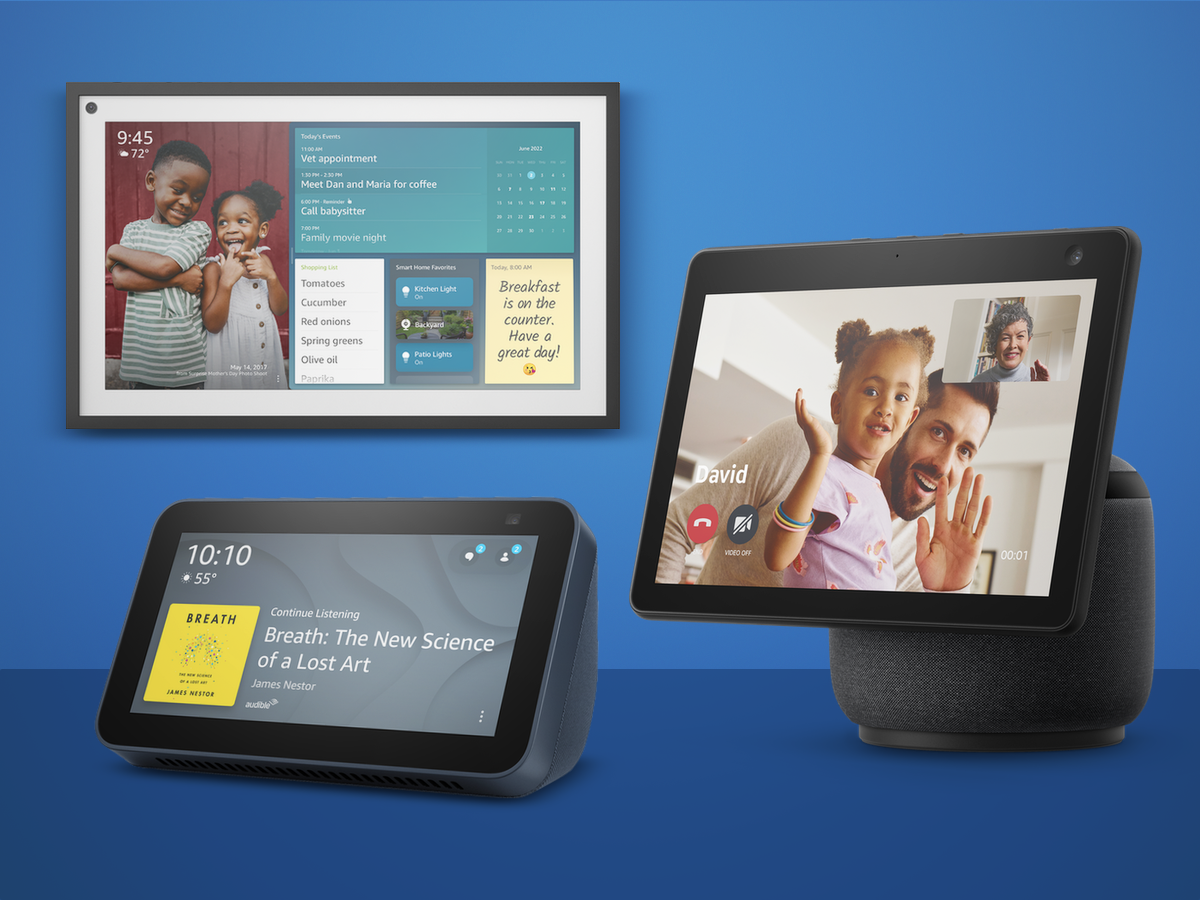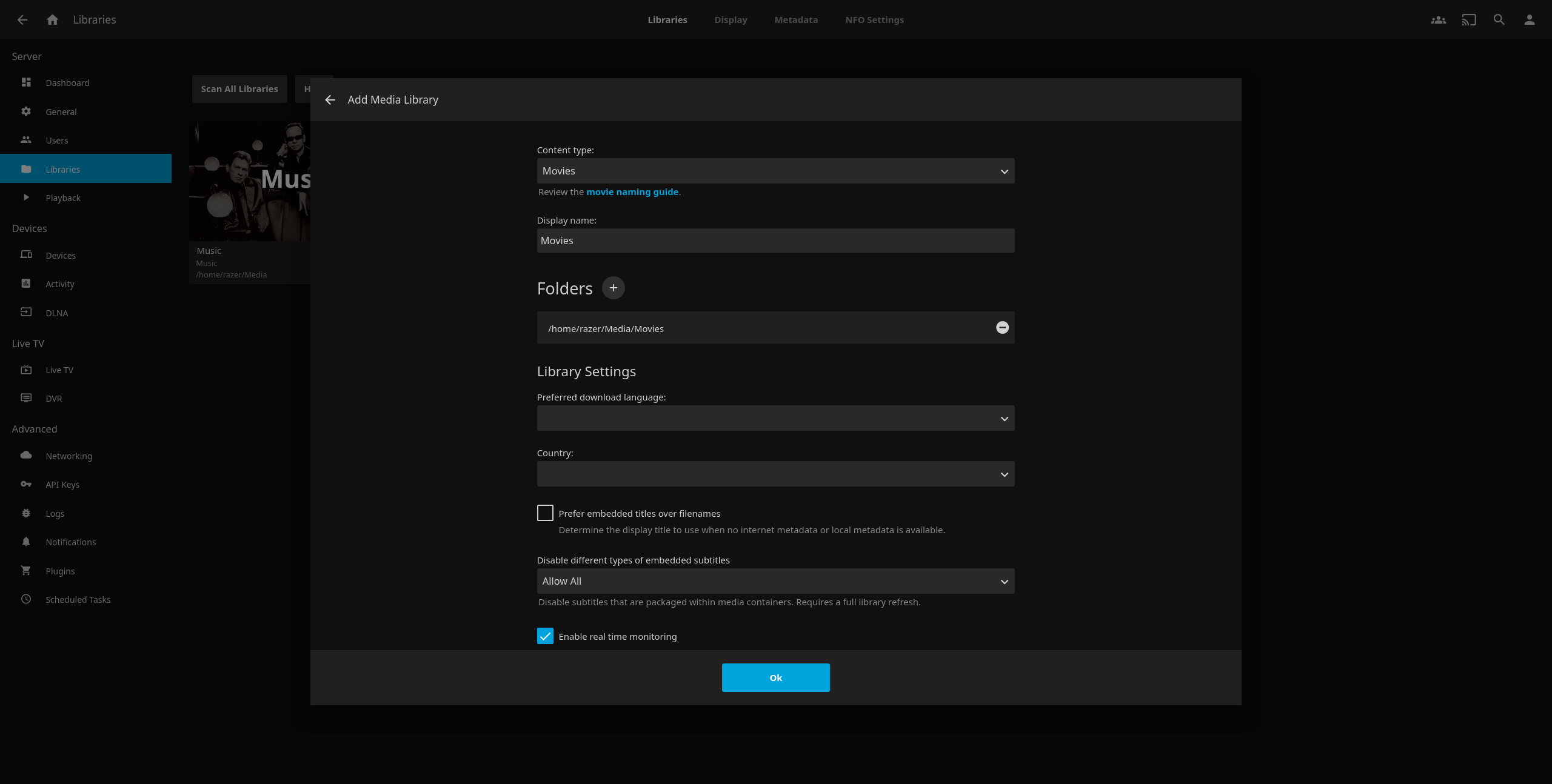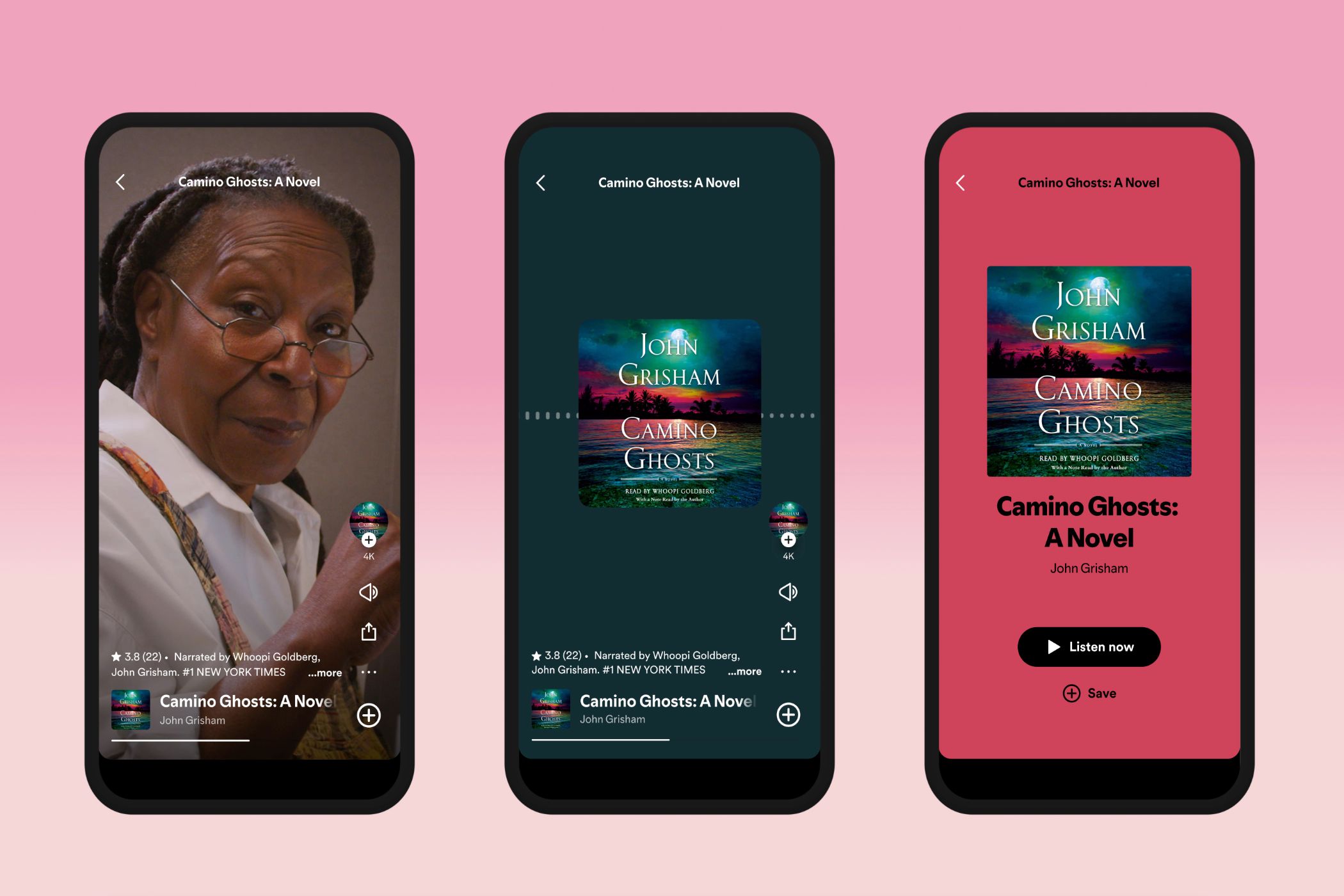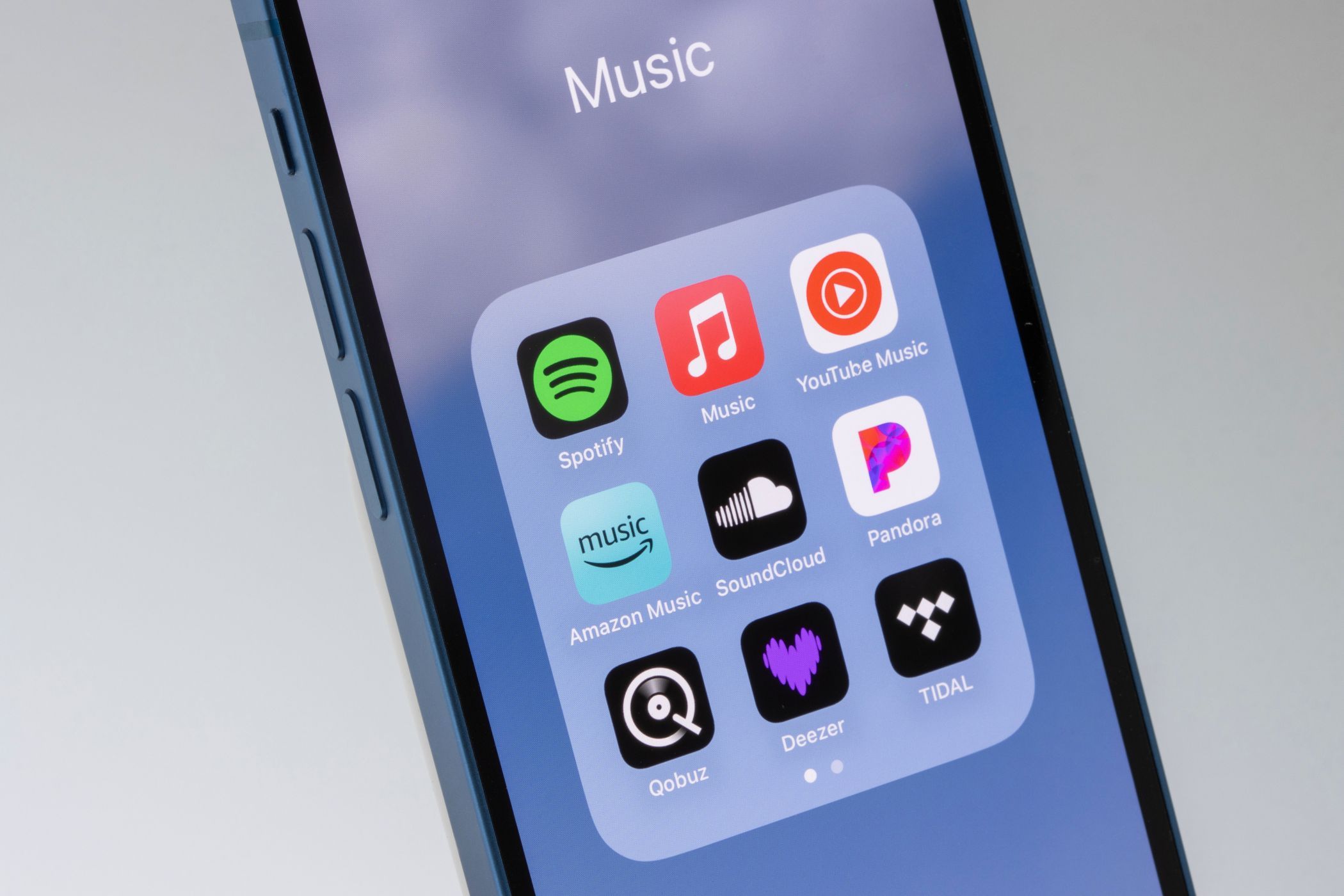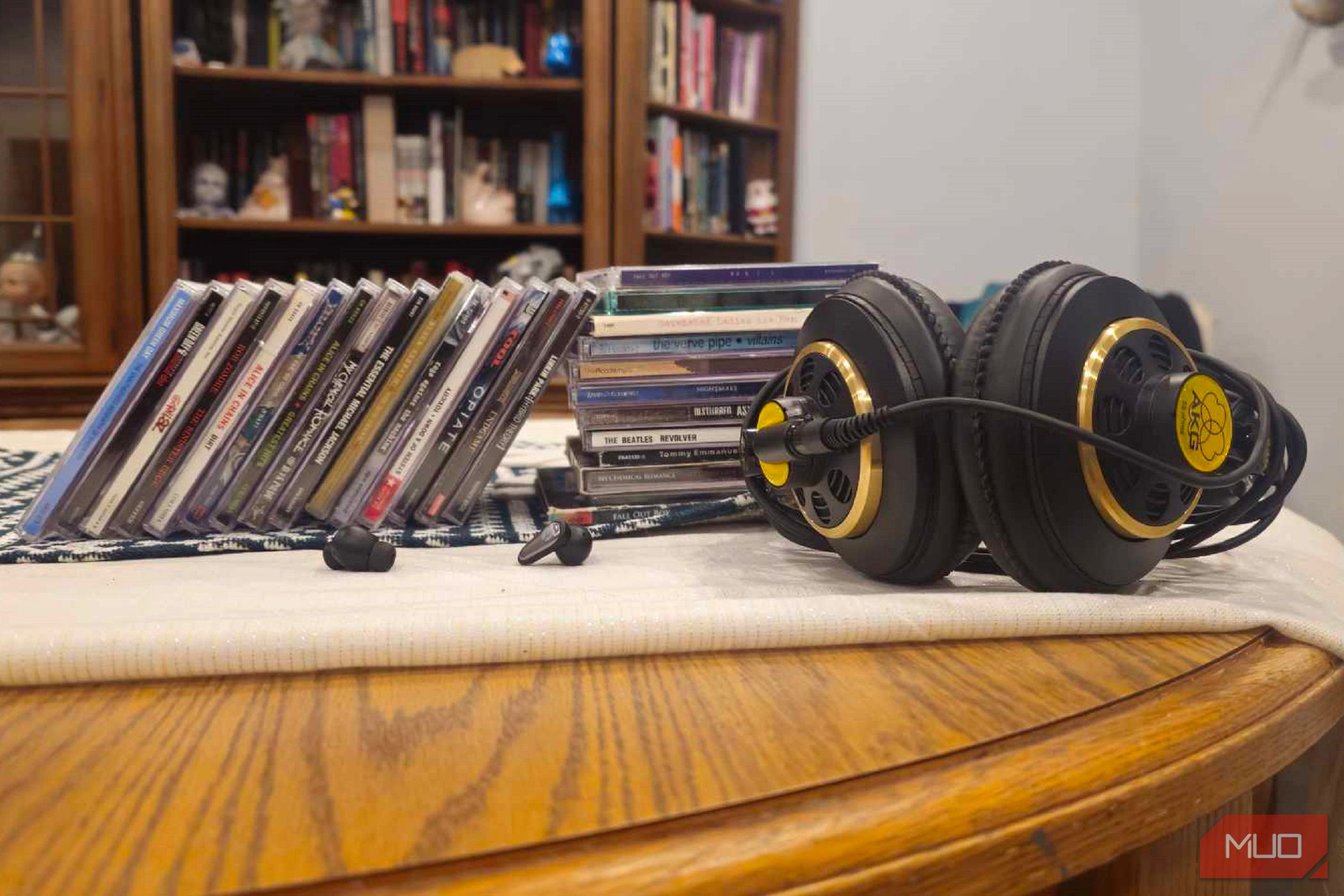I own media files that I regularly access on different devices. But moving my media files to Jellyfin has unlocked a whole new world of convenience when it comes to streaming this content.
What Is Jellyfin?
Jellyfin is a free and open-source media server application that allows you to organize, stream, and access your personal media files (such as movies, TV shows, music, and photos) across devices.
With Jellyfin, you can self-host your files by creating a Jellyfin server and access those files from other devices. Since Jellyfin doesn’t offer hosting, you must create a Jellyfin server on one of your devices to act as the media server. You can create a Jellyfin media server on your Windows, macOS, or Linux device. Heck, you can even use your Raspberry Pi as a Jellyfin server.
Jellyfin clients are available on the Amazon Appstore, Android TV, Roku OS, and LG’s WebOS, allowing you to access your media files across smart TVs and streaming devices.
It’s Easy to Set Up
Jellyfin provides a web interface for managing and setting up the server, so setting one up isn’t difficult. For instance, on Windows, you install Jellyfin like you would any other app. Once you launch the app, Jellyfin will open its web interface, which includes a guided walkthrough to get your server up and running. I have my server running on Ubuntu, and for this, all I had to do to install Jellyfin was to run one command from the official website.
The key step while setting up a server is to select the type of media you’d like to add (like music, photos, movies, TV shows) and then select an appropriate folder on your system where the files are located. Because of this, it’s recommended that you have a dedicated folder on your system where all your files to be served should be stored.
For instance, create a folder called Media and have subfolders for each media type, such as movies, TV shows, music, and photos. This way, when you select movies as the content type, you only need to point to the Media/Movies folder for convenience. On Linux, you’ll need to tinker with permissions to be able to see your folders in Jellyfin, but this shouldn’t be a problem if you have some command-line experience.
Once you’ve pointed Jellyfin to an appropriate location, it will automatically search for content metadata (for movies, music, and TV shows) and automatically sort your media for convenience. Once that’s done, you can access those files by connecting to the server using any Jellyfin client app.
It Packs in Nearly All the Features I Need
Besides being free, easy to set up, and providing cross-platform support, I love Jellyfin because of all the features included. This makes streaming my personal media files a breeze. Jellyfin has almost all the features I need from a media streaming app.
First, it automatically downloads metadata for my media, whether it’s movies, TV shows or music, which makes consumption easier. For music, the client has standard features like favorites, playlist creation, and playback queues, and the interface makes it easy to navigate my library without a fuss.
For movies and TV shows, Jellyfin has an option to resume titles from where you left off. All you need to do is click the title in the Continue Watching section on the home page. While playing any title, you can adjust the playback quality, speed, and aspect ratio. Jellyfin also provides a Seek feature to fast-forward or rewind during playback to any specific part of a movie or show.
Additionally, I can use the search icon to search for a specific item in the library, and Jellyfin’s app has the ability to play media directly from my phone to a TV, thanks to DLNA.
The only issue as of writing is offline downloads—Jellyfin’s official clients don’t support offline downloads. For music, you can get them by using Finamp, a Jellyfin music client for Android and iOS. Besides that, Jellyfin packs in all the features I need.
Streaming my media files has never been easier than when using Jellyfin. The server is easy to set up and get started, and the platform provides clients across different platforms, from mobile to desktop and TV. If you’re looking for a free media server to manage and stream your personal media files, Jellyfin is the answer. It’s one of the best alternatives to Plex.


